Paldalmun Gate (팔달문)
542.9267244406929m 32375 2021-01-29
780, Jeongjo-ro, Paldal-gu, Suwon-si, Gyeonggi-do
+82-31-228-2765
Paldalmun Gate is the southern gate of Hwaseong Fortress, and its name means "a gate opening to a road that leads to all directions." Among the four gates of Hwaseong Fortress, the northern and southern gates are bigger and more grandiose. The gate has an entrance wide enough to let the king's palanquin pass through and a watchtower over the entrance. Outside of the gate is a crescent-shaped protection wall called ongseong.
Among the ongseong walls found across the country, Paldalmun Gate's ongseong wall stands out in terms of size and form. The hip roof and decorations seen on Paldalmun Gate's watchtower resemble that of fortress watchtowers, and are recognized as representation of late Joseon dynasty's watchtower architecture.
Hwaseomun Gate (화서문)
556.1082406474466m 18897 2022-12-29
334, Jangan-dong, Paldal-gu, Suwon-si, Gyeonggi-do
+82-31-290-3600
Hwaseomun Gate is the western gate of Hwaseong Fortress, a Treasure. Over the stone mujigae (rainbow) door is a single-story tower gate. Hwaseomun Gate's ongseong (defensive gate) forms a crecent shape, with one side of the ongseong remaining open.
Nature Republic - Suwon Nammun Branch [Tax Refund Shop] (네이처리퍼블릭 수원남문점)
580.9936939673216m 0 2024-04-19
2, Paldalmun-ro, Paldal-gu, Suwon-si, Gyeonggi-do
-
Suwon Hwaseong Cultural Festival (수원화성문화제)
627.8109367236556m 54573 2023-09-14
825, Jeongjo-ro, Paldal-gu, Suwon-si, Gyeonggi-do
+82-31-228-3068
Suwon Hwaseong Cultural Festival is Suwon's landmark festival held every October at Suwon Hwaseong Fortress, a UNESCO World Cultural Heritage site, and the Temporary Palace within the fortress.
Suwon Hwaseong Fortress [UNESCO World Heritage] (수원 화성 [유네스코 세계문화유산])
641.8612014565407m 344357 2022-12-29
Yeonghwa-dong, Jangan-gu, Suwon-si, Gyeonggi-do
+82-31-290-3600
Suwon was one of four main regional government centers during the Joseon dynasty. Hwaseong Fortress, built to protect the city, was designated as a UNESCO World Cultural Heritage Site on December 12, 1997 for its historical value. The fortress offers various performances daily as well as the Suwon Hwaseong Cultural Festival every fall. The walls stretch for 5,700 kilometers, with Paldalsan Mountain at the center. The fortress, constructed from 1794 to 1796, was built as a display of King Jeongjo’s filial piety towards his father and to build a new pioneer city with its own economic power.
Hwahongmun Gate (화홍문)
688.1684026446586m 23595 2021-07-01
377, Suwoncheon-ro, Paldal-gu, Suwon-si, Gyeonggi-do
+82-31-251-4435
Hwahongmun Gate refers to the northern gate of Hwaseong Fortress among the two main gates installed to control the flow of Suwoncheon Stream that cuts through the fortress. Hwahongmun Gate consists of seven arched watergates in varying sizes. The watergate at the center is larger than the others to control the water flow effectively.
Suwon Yeongdong Market (수원 영동시장)
708.5405923249551m 32353 2022-07-27
6, Suwoncheon-ro 255beon-gil, Paldal-gu, Suwon-si, Gyeonggi-do
+82-31-251-0171
The neighborhood around Paldalmun Gate serves as the main business district of Suwon, where more than 300 stores and stalls are joined to make a large market. The atmosphere and the physical surroundings help to both keep traditions alive and move into the modern age, which is one of the main aspects of this market that draws in more visitors each year. Since 1917 when the market first opened to the public, the vendors here have specialized in traditional garments, including hanbok (traditional Korean clothes) and accessories. Among 300 stores, 40 stores feature finished hanbok, another 40 stores sell fabric, 70 stores are general clothing store, and the remaining stores sell daily goods, accessories, agricultural and stockbreeding products. In the past, the market was the largest market south of the metropolitan area so people from Suwon, Pyeongtaek, Hwaseong, and Osan frequently visited. An on-going maintenance project to keep the originality of the market began in 2002 and the market now features modernized facilities.
Yeonpo Galbi (연포갈비)
714.0413133450282m 11442 2021-02-24
56-1, Jeongjo-ro 906beon-gil, Paldal-gu, Suwon-si, Gyeonggi-do
+82-31-255-1337
Located near Hwahongmun Gate, one the Eight Sights of Suwon, Yeonpo Galbi is the perfect place to stop by for a rest and to eat some authentic Suwon galbi (ribs) while touring the area. With rustic logs on the exterior and a bright, clean interior, the restaurant seeks to capture the local spirit of the neighborhood and aesthetically complement the nearby Hwahongmun Gate. As far as for the food, each dish is designated to be prepared by a specific assistant cook for a consistent taste.
Banghwasuryujeong Pavilion (방화수류정(동북각루))
776.071274147396m 1257 2021-06-07
44-6, Suwoncheon-ro 392beon-gil, Paldal-gu, Suwon-si, Gyeonggi-do
+82-31-228-4672
Banghwasuryujeong Pavilion, officially called Dongbukgangnu Pavilion, was built in 1794 during the construction of Suwon Hwaseong Fortress. It sits atop a hill east of Hwahongmun Gate and offers beautiful views of the surrounding scenery. For this reason, the pavilion received the nickname Banghwasuryujeong, meaning a pavilion where one can "find flowers and stroll among willow trees." The pavilion was once damaged due to flooding and reconstructed in 1848, followed by continuous recovery and preservation efforts. In 2011, the pavilion was designated as Treasure No. 1709. Banghwasuryujeong Pavilion is evaluated as one of the most original architectures in Hwaseong for its unique composition and roof design that offer a different look depending on the viewer's angle. Known to be the spot where King Jeongjo would stop by to rest on his way to Hwaseong Fortress, the pavilion offers a bird's-eye-view of Yeonmudae Post to the east and Janganmun Gate to the west with Paldalsan Mountain in the background.
Janganmun Gate (장안문)
802.5072670939611m 17620 2019-12-31
910, Jeongjo-ro, Paldal-gu, Suwon-si, Gyeonggi-do
+82-031-228-4416
Janganmun Gate is the main gate of Hwaseong Fortress at the northern wall. Jangan means capital, implying that Hwaseong Fortress is the secondary capital. Janganmun Gate served as the main gate because the king would pass from this gate when arriving from Hanyang, the capital city, now modern-day Seoul. It is interesting to note that this gate is larger than Sungryemun Gate in Seoul.
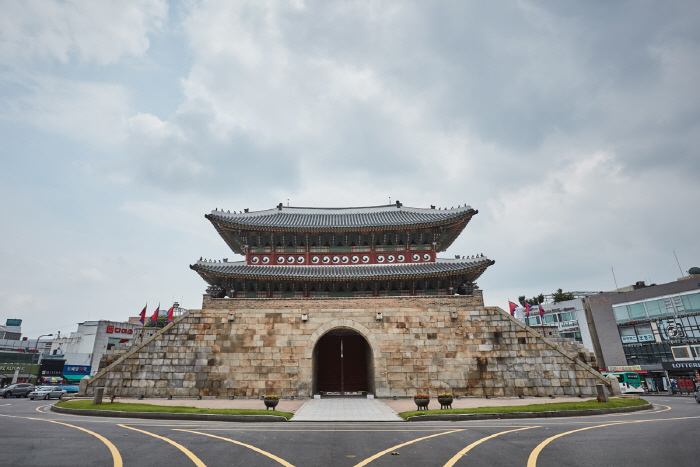
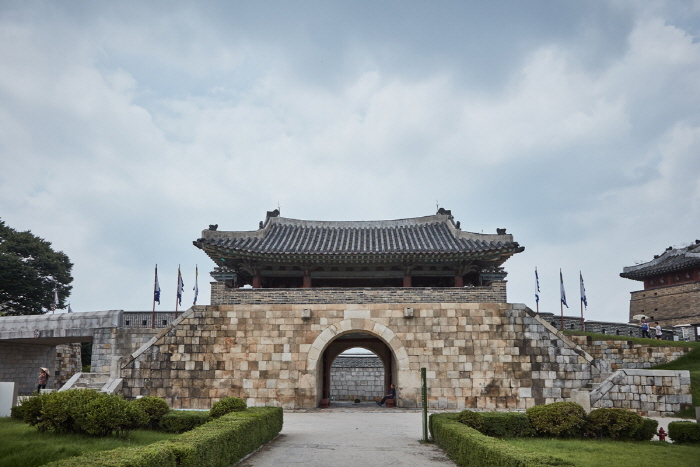
![Nature Republic - Suwon Nammun Branch [Tax Refund Shop] (네이처리퍼블릭 수원남문점)](http://tong.visitkorea.or.kr/cms/resource/57/2887757_image2_1.jpg)
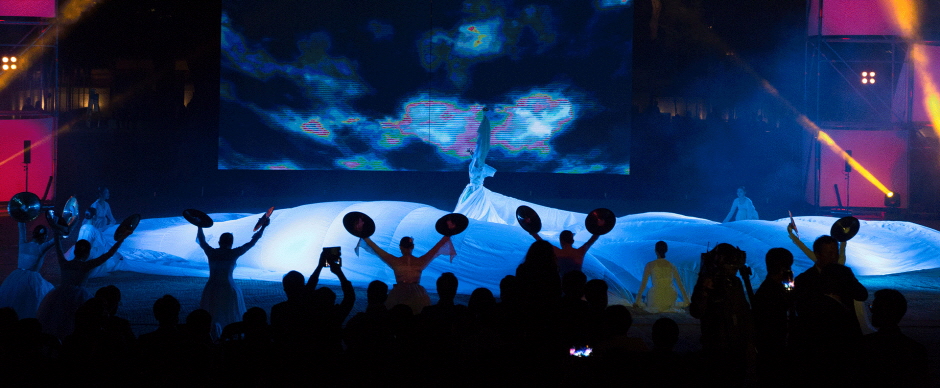
![Suwon Hwaseong Fortress [UNESCO World Heritage] (수원 화성 [유네스코 세계문화유산])](http://tong.visitkorea.or.kr/cms/resource/36/2613036_image2_1.jpg)
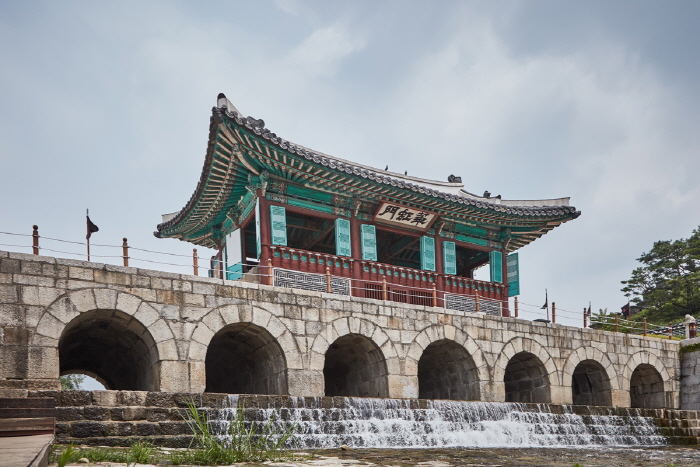
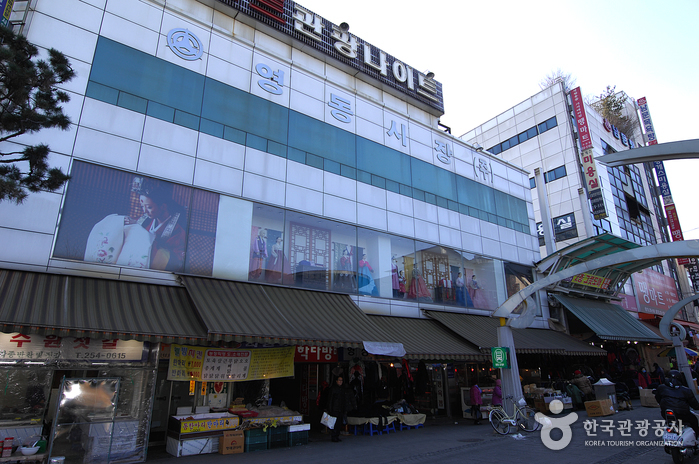
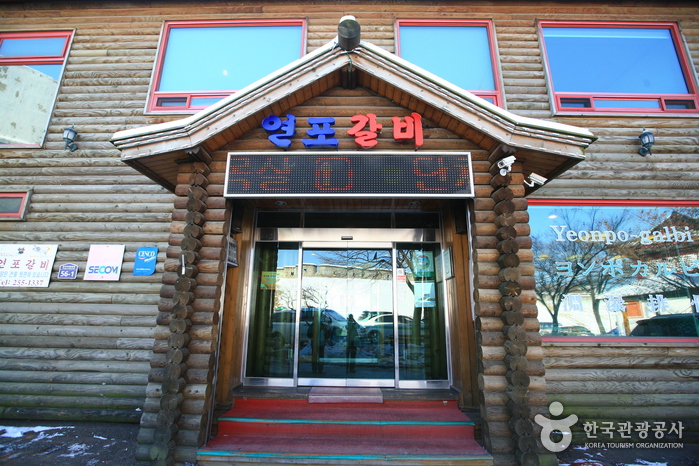
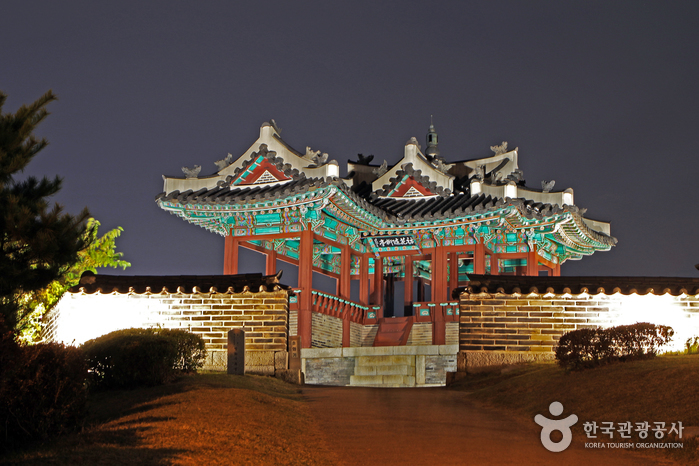
 English
English
 한국어
한국어 日本語
日本語 中文(简体)
中文(简体) Deutsch
Deutsch Français
Français Español
Español Русский
Русский